What wild food is safe for foraging whilst on your van life adventures?
Whilst out on your adventures you are more than likely driving through nature’s very own food market with a huge variety of free food.
Living van life and in particular whilst out wild camping in your van have you ever considered what plants and edibles are surrounding you whilst you tuck into that pot noodle?
Ever since I was a child I have been curious and tempted by the berries on bushes and the mushrooms growing on trees, being a parent now I feel how nervous I must have made my own parents back then!
In this article, I want to enlighten you as to what food is safe for foraging whilst on your van life adventures.
Disclaimer
You need to be very careful when picking wild food to eat, and if you are unable to identify the plant or mushroom then you must NOT eat. Do not even try it! That’s right not even a nibble!
There are many poisonous plants and mushrooms and even the slightest touch can irritate your skin and can cause mayhem inside your body and can even be deadly. Some plants and particularly fungi can be very hard to identify!
You’ve seen “Into the wild” right?? (If not watch it now, one of the most influential free spirit, travel movies of all time).
Is it legal to forage food?
In the UK and many other countries it is illegal to dig up any root growing plant without the landowners permission. On common land you may pick fruit, leaves, flowers, foliage and non protected fungi for personal consumption only. Harvesting for resale is strictly illegal.
For foraging this requires you to research the land that you are picking from and if in doubt consult the local authorities or the land owners and ask for written permission.
Due to the dangers and legal aspects involved in picking wild food,this article is for you to reference to only.
The best way to forage wild food
The best way to forage wild food whilst living van life is to get yourself a good foraging guide book so that you can reference and accurately identify all potential wild foods, thoroughly research the land you intend to harvest from and come prepared with some good wild food recipes.
There are many foraging groups and courses you can attend to get a more in-depth knowledge from an expert and if you are serious about wanting to get to know the many many edible wild foods filling the countryside then I would highly recommend this. It’s a perfect van life day out!
For UK based courses and events I recommend this website.
Responsible foraging
Foraging is rapidly growing in popularity and foragers must be aware of the possible environmental impacts involved in picking and gathering wild food.
It’s vital to always respect nature, wildlife and also other human beings. We are all dependants on food and taking food from the wild can have a huge impact on nature.
As I’ve mentioned before, it is completely illegal to commercially forage, meaning you strictly can not resell your gathered foods. Only pick what you intend to cook in your van and eat immediately.
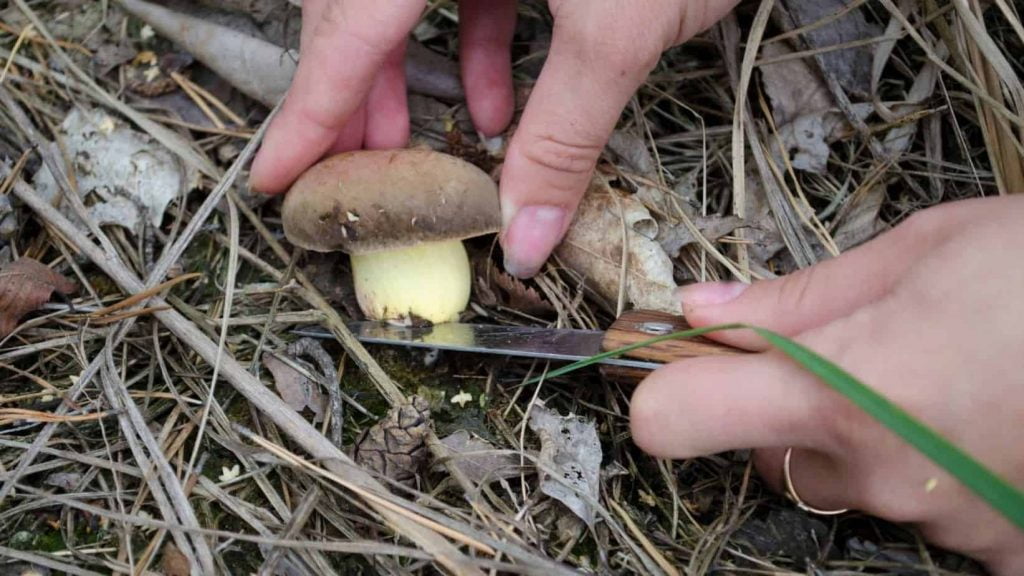
Know what you are picking
To save valuable countryside foliage you should know exactly what it is you are about to pick before you pick.
Picking a plant or flower only to realise when you are back in your campervan that it isn’t the food you wanted is simply irresponsible and highly damaging to nature.
Get a good field guidebook and make sure it meets the exact matches before you even touch it let alone eat it.
There are many species of plant that can contain a sap residue that can be toxic to your skin. Be careful!
However, a toxic to humans plant will certainly have its role in nature’s game and if you mistakingly pick something it will eliminate it’s role with the ecosystem.
Don’t pick it all
This isn’t a reason to leave some on the tree for the next forager, this is a vital requirement for the next crop to flourish and for many forms of wildlife to survive.
Seeds, flowers, roots all have the biological chemistry to reproduce for next season and if you dig out the roots, bulbs and even cut away too much stem then this may well be the end of the plant altogether. Therefore leaving less food in the wild for animals and impacting the ecosystem.
Learn the correct way to harvest each crop in its unique way.
Commonly the best way to harvest a plant is to cut the leaves and leave the stems in place so that future leaves may grow back. The same goes for flowers.
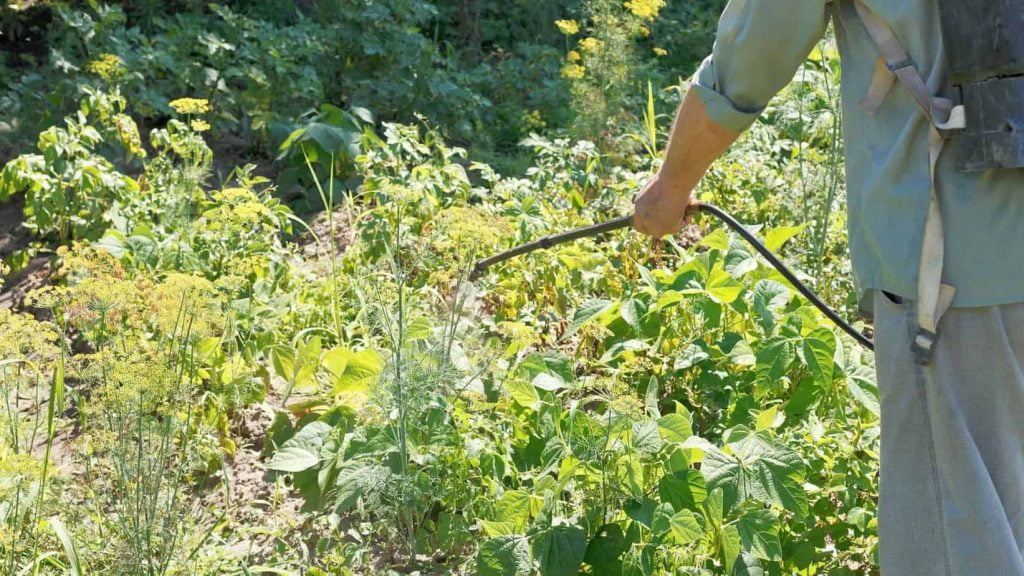
Know your soil
There are legal compilations on most land these days and I highly recommend that you research the land that you are foraging from.
You must know the land thoroughly before you forage not only to save you from legal fines and convictions but also to know if the land has any contaminations.
High levels of pesticides, herbicides and PCBs, for example, could be toxic to your health!
Obviously you won’t have a full kit of soil testing equipment in your van but you can learn a lot from a phone call to the local authorities who will not only give you permission to forage but will advise you if it is safe to do so on that particular patch of land.
What kind of wild foods are edible?
The most common edible wild foods to forage on your van life adventures include mushrooms/fungi, fruits, herbs, flowers, roots, nuts and seeds.
All very commonly found on most wild land and there’s a variety of recipes for just about everything.
Playing it safe is recommended for beginners and you can enjoy classic recipes such as nettle soup, dandelion honey, chestnut soup and elderflower cordial, but if you really want to get stuck into nature’s menu then you should seek guidance until.your are highly confident.
Mushrooms
Mushrooms are possibly the scariest wild food imaginable to most. With there being so many species and so many being poisonous, eating them is a risk you shouldn’t take lightly.
This certainly isn’t the article to tell you what mushrooms you can and can’t eat but I will inform you on some safe common mushrooms found in most wild areas that are great to learn about first.
Mushrooms can be very hard to correctly identify and getting it wrong could leave you very uncomfortable during the night in your van and potentially make you very ill!
Any foraging course will introduce you to the most common and safest mushrooms first. Only when you become more experienced and knowledgeable should you expand your mushroom foraging list.
Here are my 3 recommended wild mushrooms for foraging as a beginner.
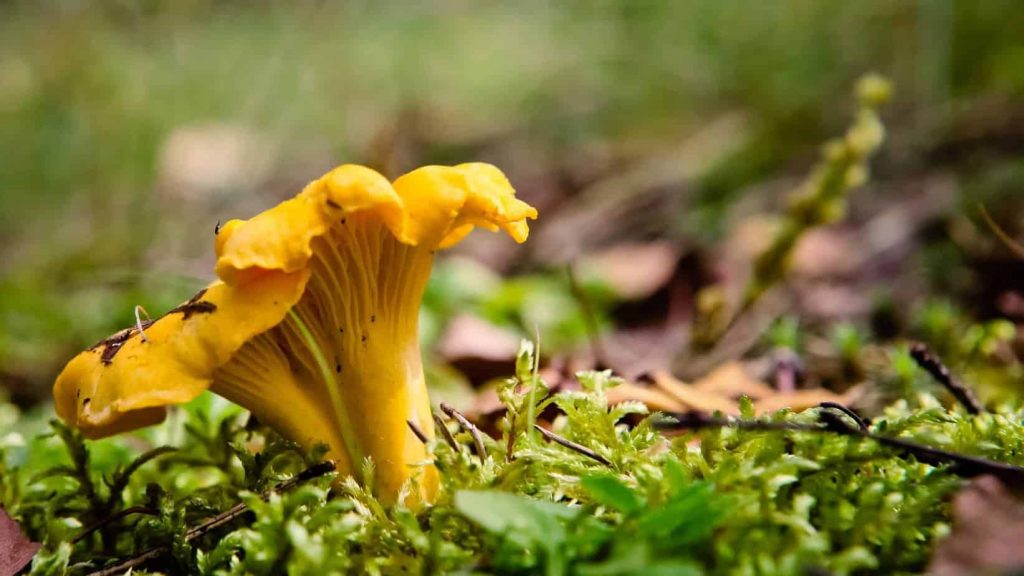
Chanterelle Mushroom
The chanterelle mushroom has an aromatic and firm texture. Great for slow cooking and stews with plenty of liquid.
The chanterelle can easily be dried and frozen for storing.
The best season to pick the Chanterelle is between July and October and can be found in damp acidic soil around deciduous or coniferous trees.
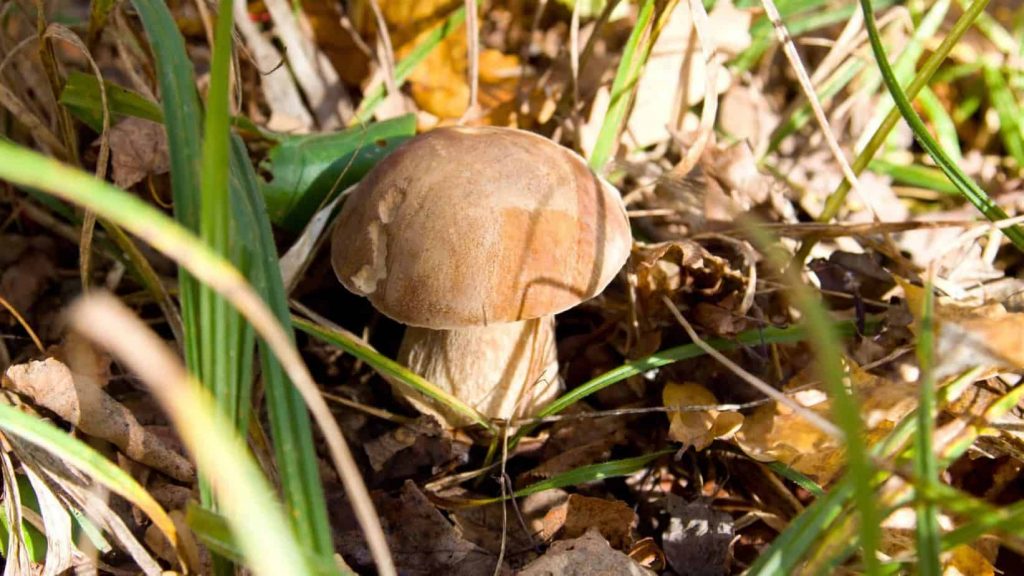
Penny Bun Bolete Mushroom
The penny bun bolete is a very common mushroom used in cooking due to its strong mushroom flavour.
When dried out this mushroom is perfect for soups and sauces. Younger species can be used raw and served up in a salad.
The penny bun bolete can easily be dried and frozen.
The best time to pick the penny bun bolete is between July and October and can be found in most woodland areas.
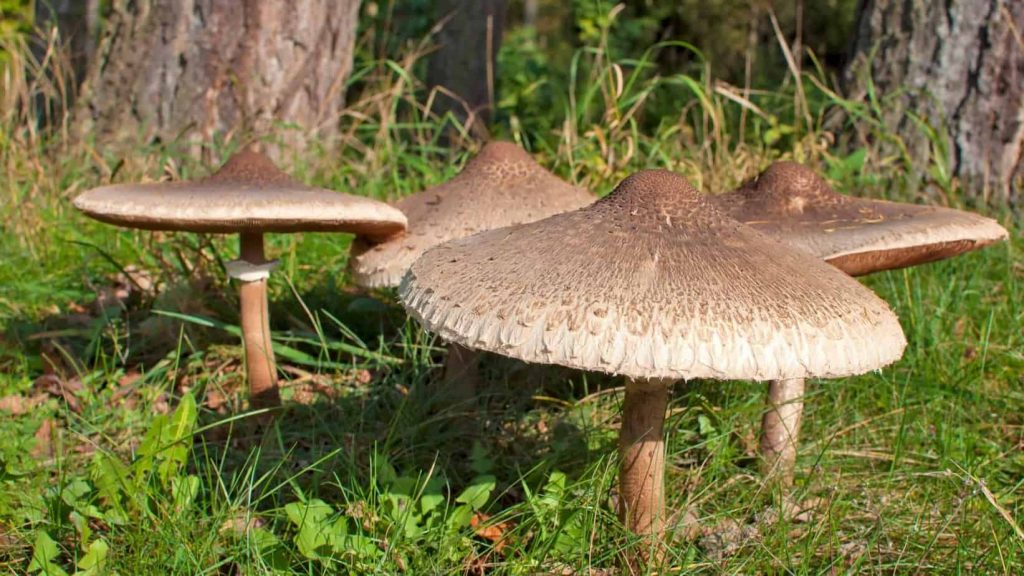
Parasol Mushroom
Another strong flavoured mushroom once again ideal for soups and sauces.
The cap is the only edible part of the parasol mushroom as the stems can be very tough and not very pleasant.
To store this mushroom you should freeze it.
The best place to find parasol mushrooms is in open woodland areas or pastures and is often found in groups.
Flowers
Flowers are one of the easiest wild foods to forage and one of the best wild foods to forage for beginners.
Unlike mushrooms and wild greens, flowers are much easier to identify.
As with all wild food there are intoxicating flowers and often whilst the flower may be edible the stem may be poisonous. By default consult your field guide book before even touching the flower or stem.
Wild flowers can taste sweet, bitter, peppery and spicy and can really jazz up a huge variety of meals.
The best food to make from wild flowers is usually soups, teas, spreadables and they also make a great addition to a salad.
Here are my top 3 recommended wild flowers to forage.

Dandelion
Dandelion flowers can be found everywhere growing in fields around mid spring time.
The yellow petals are sweet but the green parts can taste quite bitter so it’s best to discard those parts.
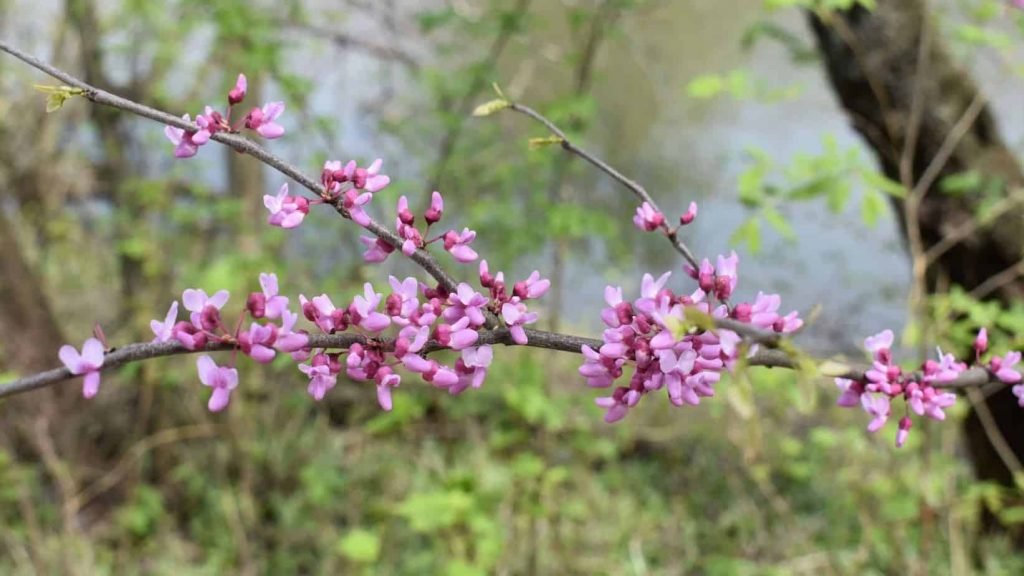
Redbud
Redbud is another flower that appears in spring and can be found easily. Often by the side of roads and in woodland areas.
You’ll see that the Redbud purple flowers are amongst the first to appear in spring and eventually cover the tree.
Redbud flowers look pretty and taste amazing.
The best part is the fully opened flowers that taste slightly sweet and a little tart.
Avoid the bitter buds and pick the opened flower early morning when they are at their freshest.
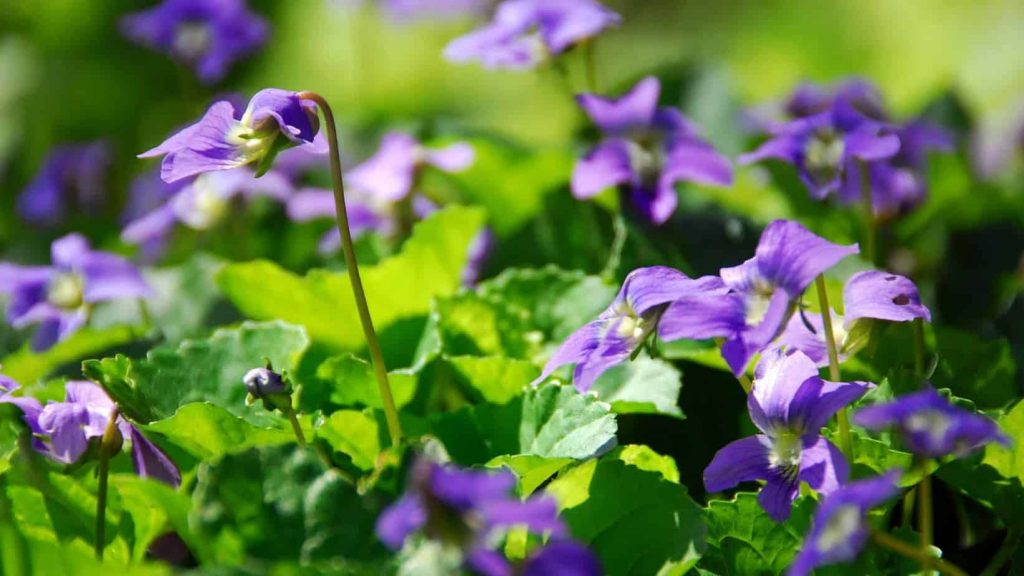
Violets
Violets are very common in cooking and the flavour can be found in a large variety of foods, particularly sweets.
Violets can be found all year round but they flower in the early spring time.
The best place to find violets is in most woodland and hedgerow areas. Look in the shaded areas.
They are of an unmistakable purpley blue colour with green heart shaped leaves.
The roots and seeds of the violet plant are toxic so make sure you only pick the flowers and leaves.
Use the flowers for flavouring and the young leaves can be used in a salad.
Wild Greens
Wild greens are increasingly growing in popularity not only for the foraging chef but also for professional gourmet chefs. There are so many really tasty wild greens to be found out there.
Many of the usual supermarket stocked greens are growing wild outside your van but with so many wild greens looking similar to one another you must be very cautious not to eat something poisonous. Always consult your guide book and if unsure then leave the plant alone.
Another safety aspect to consider is to be sure you are not about to consume a plant that has been treated with chemicals. Some plants such as dandelion are often sprayed with weed killer type chemicals. Typically this would be plants found in parks and garden areas.
Wild greens are very nutritious being packed full of vitamins and make great additions to salads, casseroles and soups. Often you can simple drizzle some olive oil and tuck in.
Some of the most popular and best wild greens to forage are lambs quarter, dandelion and nettles.
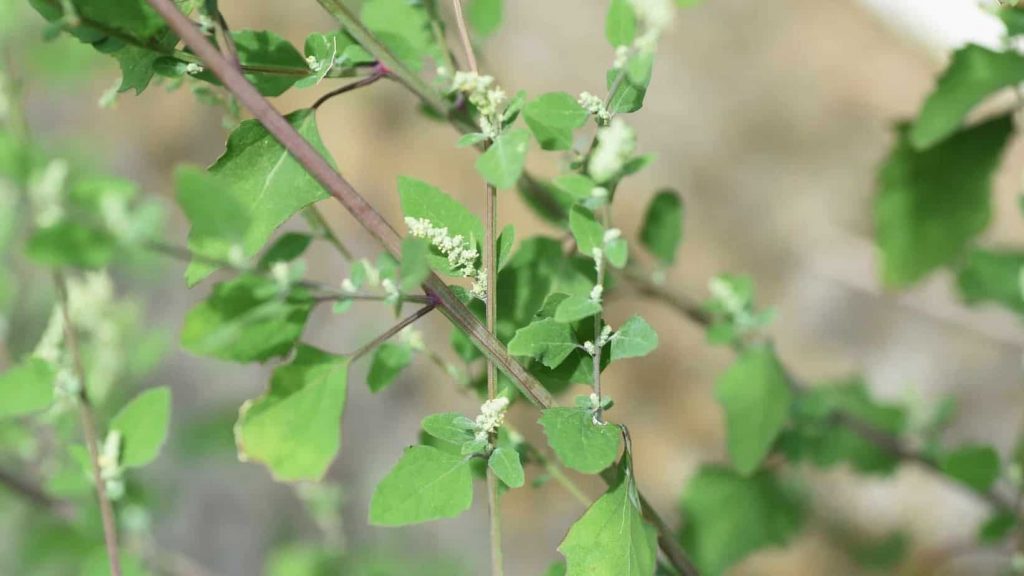
Lambs quarters
Lambs quarters is very similar to spinach and is actually even related to it. The leaves should be cooked to take away the bitterness as when it is raw.
The goosefoot shaped leaves are light green and lighter underneath, they have a jagged edge to them. The plant is usually about 1m tall but can grow as high as 2m. They produce a small green flowers in small clusters on top of the spikes.
Lambs quarters can be found across the globe usually around river banks, forest clearings, fields and in gardens.
Lamb’s quarters contain oxalic acid particularly when eaten raw, it is recommended to eat in small quantities. Cooking the weed can remove the acid.
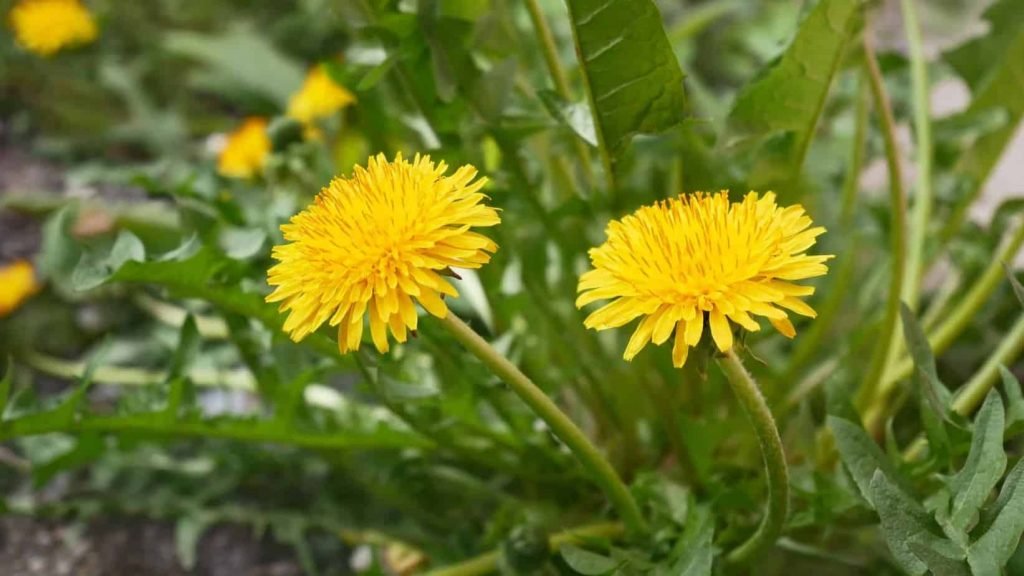
Dandelion
The dandelion weed is very common in just about every grassy field. Fortunately it’s often hated by gardeners and you won’t come across any complications in picking them.
You can eat leaves and roots as well as the flowers of the dandelion plant. Add the slightly bitter leaves and the roots to make a delicious salad.
Dandelion weeds are extremely high in vitamin A and K and have a vast array of healing properties as well as other health benefits. These nutrition benefits as well as the ease of obtaining the plant make them one of the best foods to forage for vanlife.
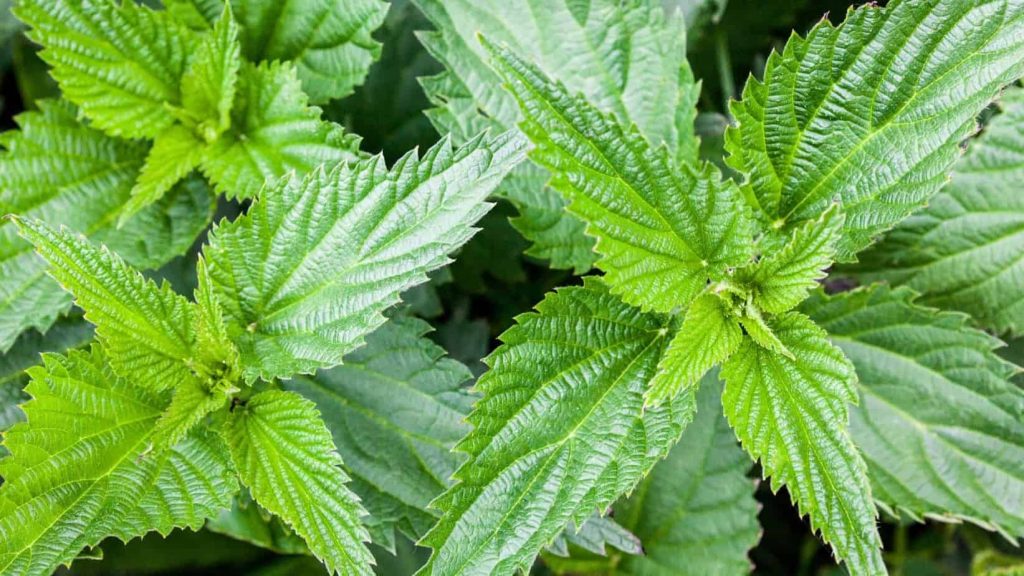
Nettles
The thought of even touching nettles can be daunting, how about eating them?
Nettles are actually considered a prize pick for foragers and yet another highly nutritious plant with healing properties. Nettles are said to increase energy levels as well as lowering stress levels. They are also said to be good for your kidneys, hair and nails. The perfect nutrition for van life!
The big question that’s rattling around in your mind is how to pick and eat the nettles without getting stung?
The best way to pick stinging nettles is to use gloves and place them into silicone bags immediately. When back in the kitchen use tongs and during the cooking process this will defuse the sting.
Nettles can be cooked and treated in the same way you would spinach. Steamed and sautéed as a side dish, include them in soups and stews and you can even make a medicinal tea with the water used to boil the sting from them.
The older parts of the plant particularly the stalks aren’t very edible so the best part of the nettle to eat is the top three pairs of leaves.
You’ll find nettles in just about every woodland, park and all over the countryside. They are easily identifiable and you can always brave it and touch them to see if they live up to their name. If in any doubt leave them alone. (Golden rule of foraging)
Other edible wild food
Whilst spring and summer time proves good for foraging leaves and flowers the autumn and winter is where you can start foraging wild food such as berries and nuts.
Be wary that there are many poisonous berries so be very cautious and experienced and never pick with uncertainty.
Wild berries make an excellent choice for jams, syrups and sauces.

Some popular wild berries include:
- Raspberries
- Blackberries
- Rosehips
- Elderberries
- Bilburry
- Hawthorne Berries
- Rowan Berries
Nuts can often be roasted and make an excellent choice sprinkling over breakfast or for making your own granola.
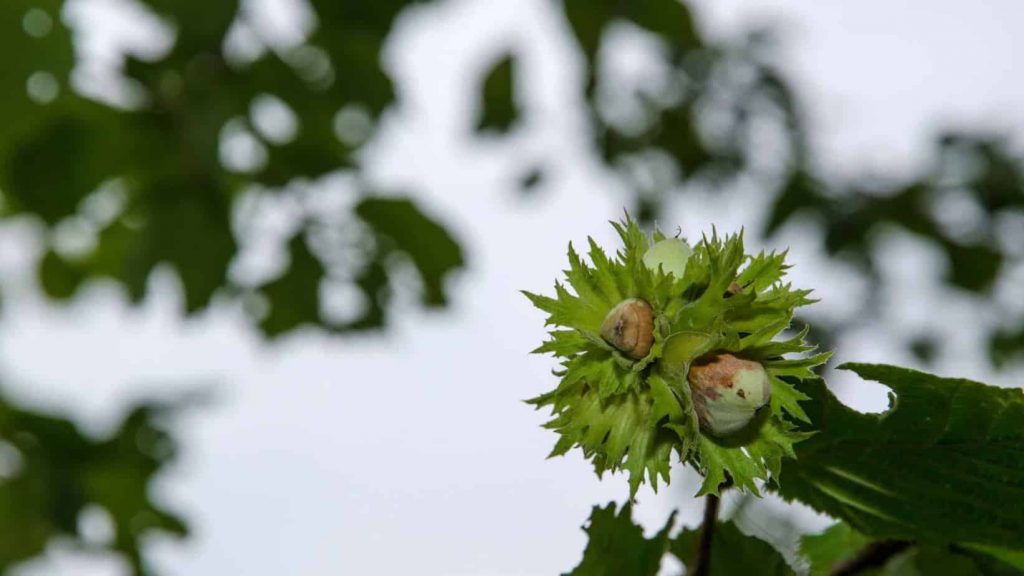
Some popular wild nuts include:
- Hazelnut
- Chestnut
- Beechnut
- Walnut
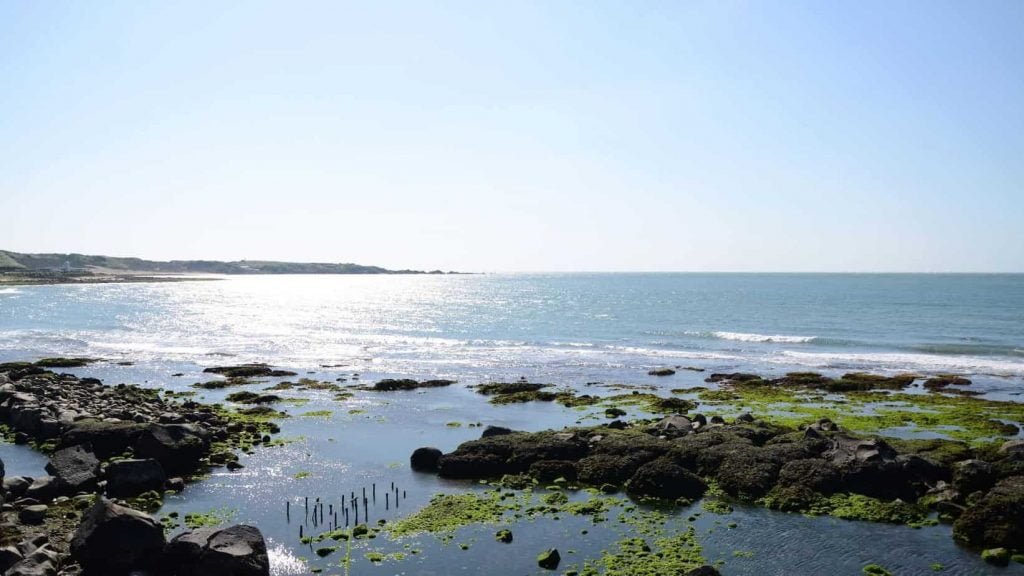
Down by the sea
The coast is easily one of the best places to forage wild food. Not only for sea fishing but also all the delicious plants and shellfish that grow around the water.
There is a variety of different seaweeds, plants, crustaceans and shellfish ready for the picking and you will find this wild food scattered around the rock pools, cliffs and when the tide is out you would be able to literally fill bags of wild seafood.
Coastal foraging is very popular with van life and is certainly a subject to be covered in more depth by someone far more experienced than myself. I eat very little fish and seafood and I would love to see someone experienced step forward and write an article on vanlifeeats.com.
Any volunteers? Click here!
You would probably want to read this article on getting rid of cooking smells in your van if you are cooking fish!
Conclusion
As long as you follow the golden rules of foraging wild food, you will find the world full of a variety of delicious wild foods to forage and this goes hand in hand with van life and wild camping.
- If you are unsure leave it alone
- Consult a reputable guide book
- Research the land for legal rights to forage
- Be wary of pesticides and weed killer treatments
Being out on the open road all the time means you will be driving through nature’s very own free super market so I’d highly recommend having a wild food pocket field book on hand in your van. I’d even advise on taking a foraging course which is actually a really fun thing to participate in whilst on your adventures. Take a look at this site for UK courses.
My recommendation on a good foraging guide is this book.
I hope this article has brought you more awareness of wild food and has given you some inspiration to get out there and try something new. Wild food has amazing health benefits!
Enjoy!



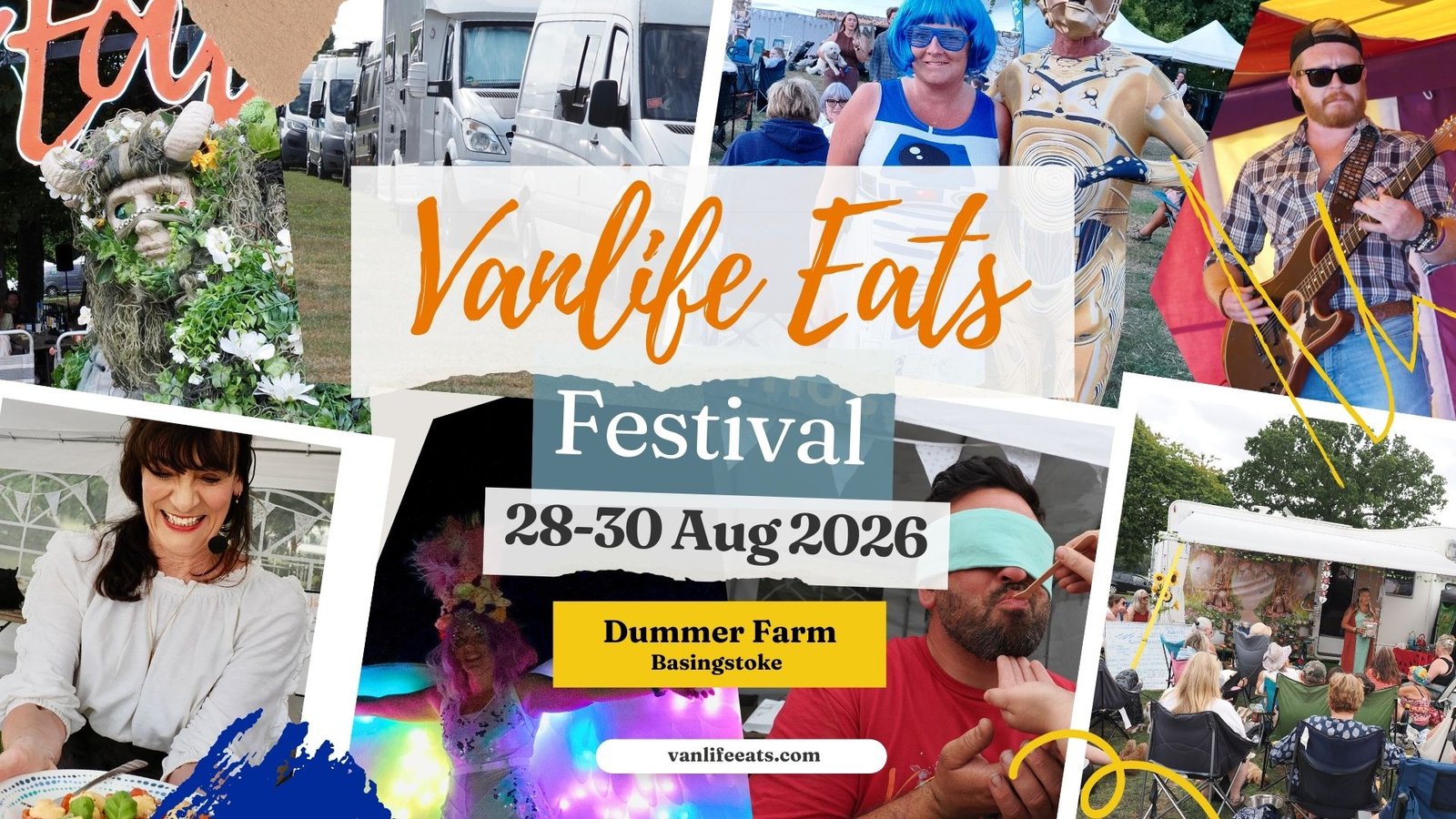
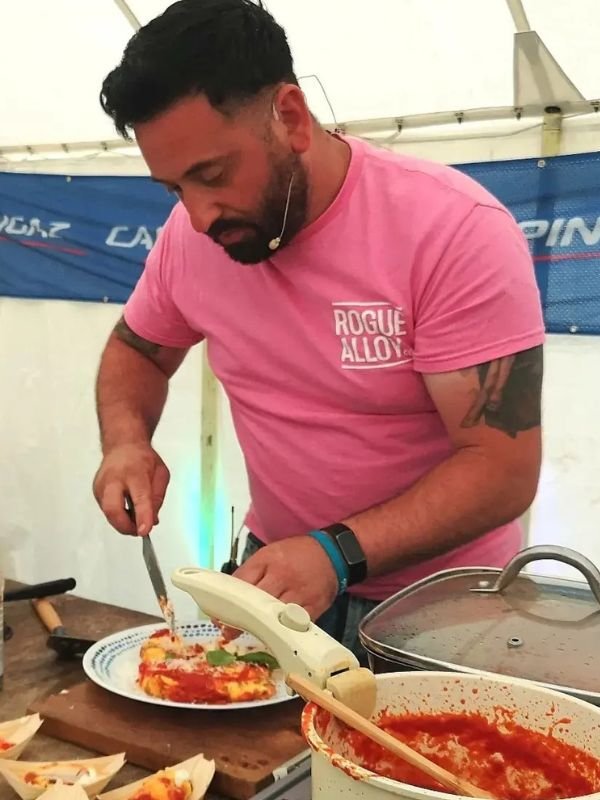
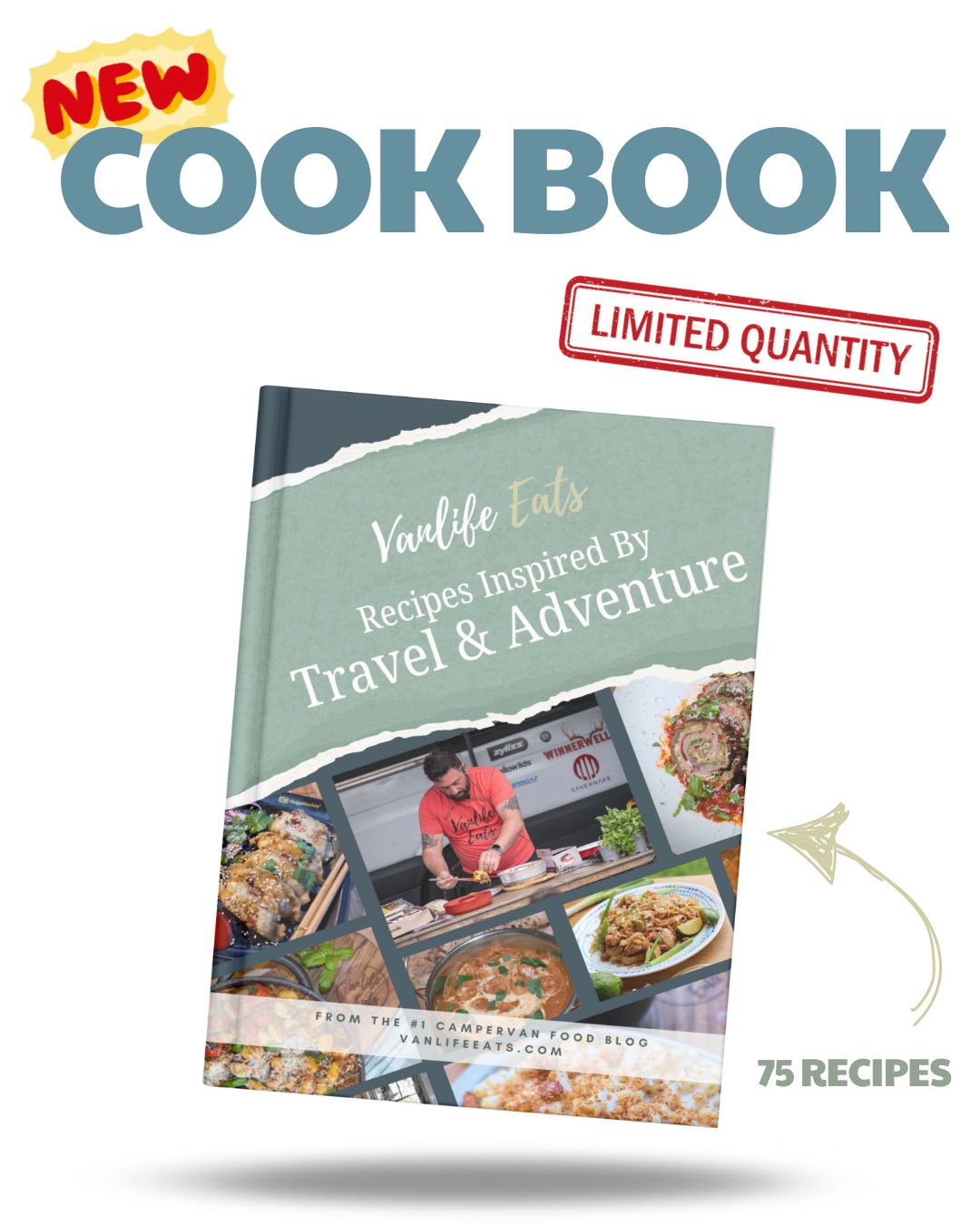

0 Comments